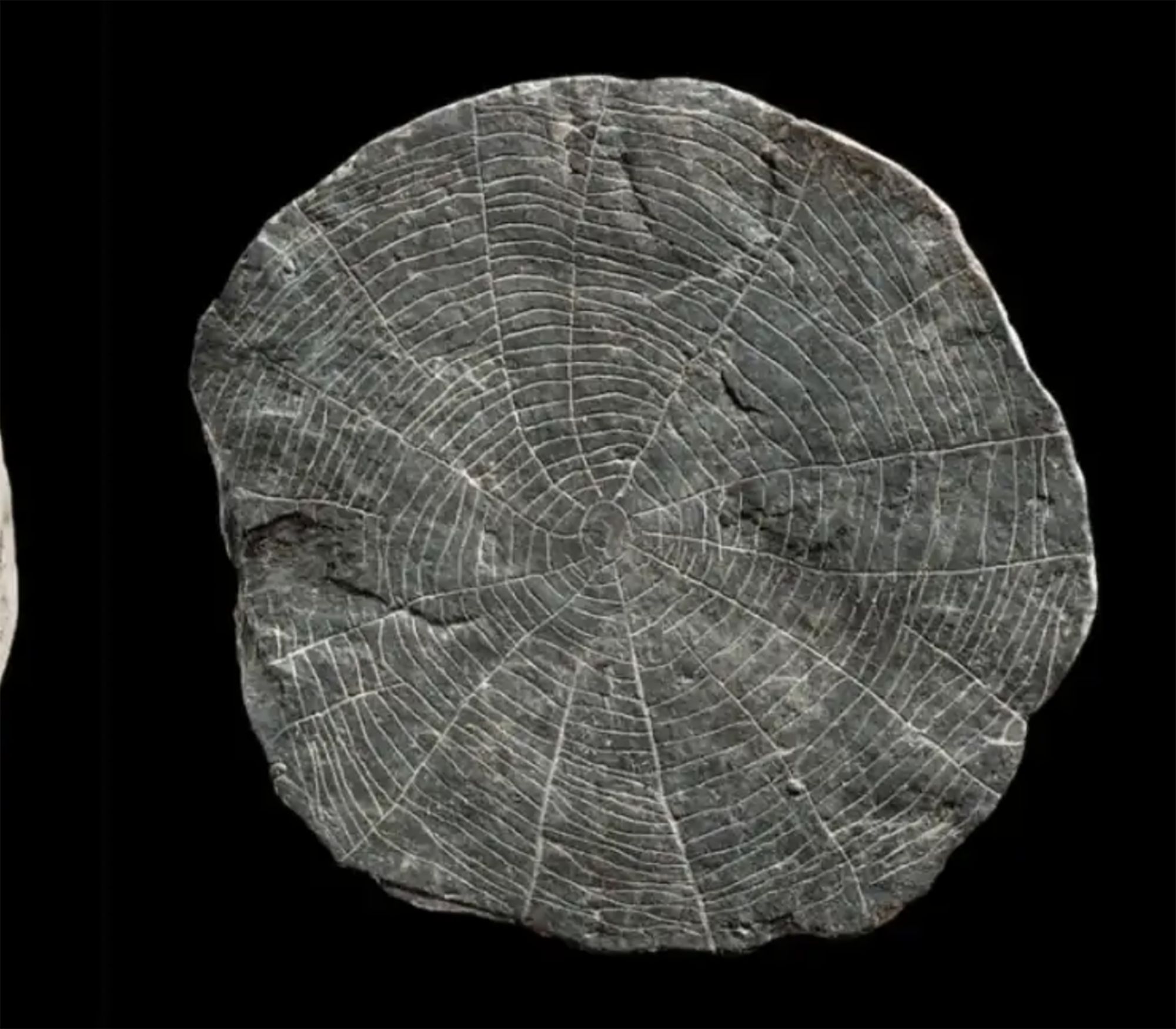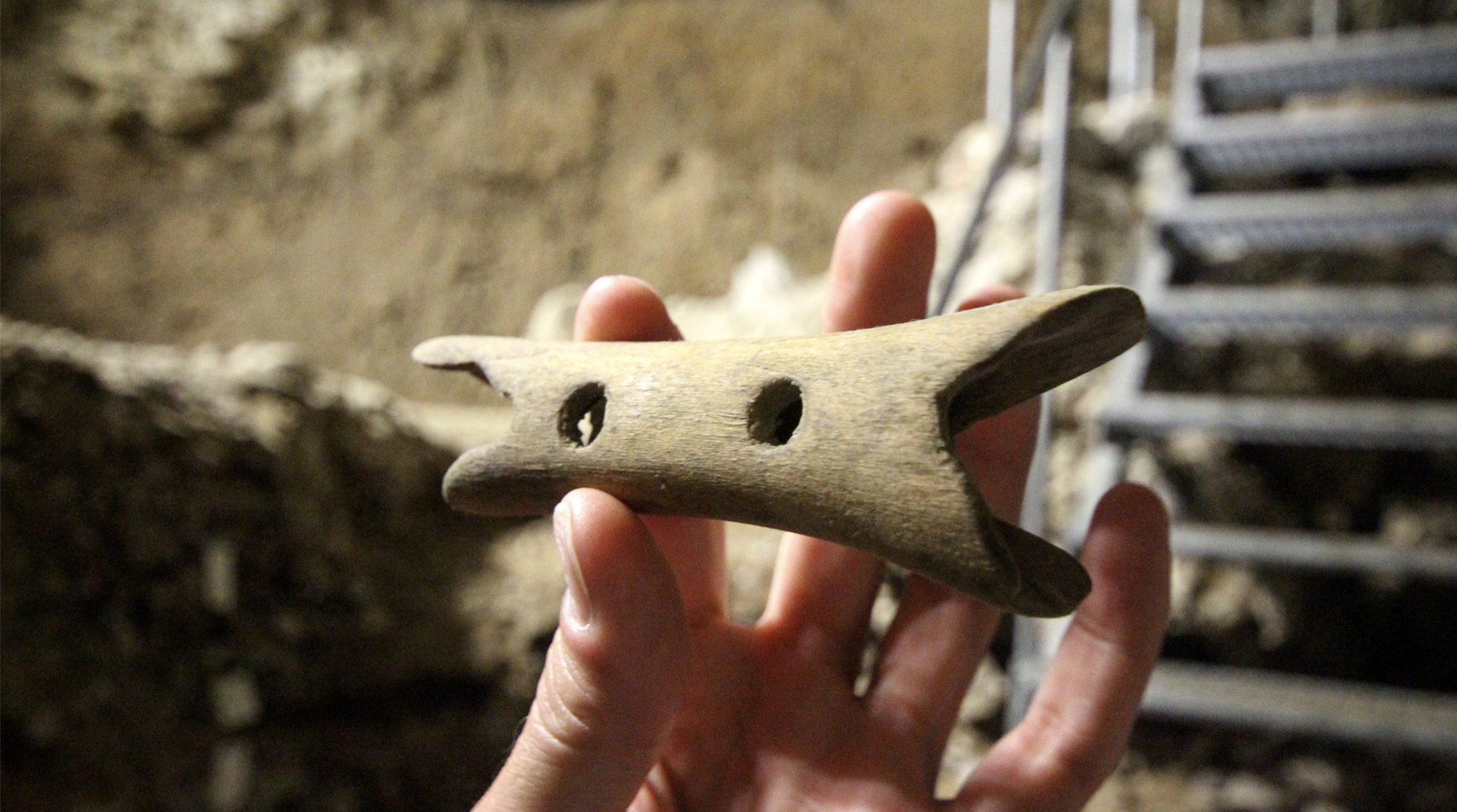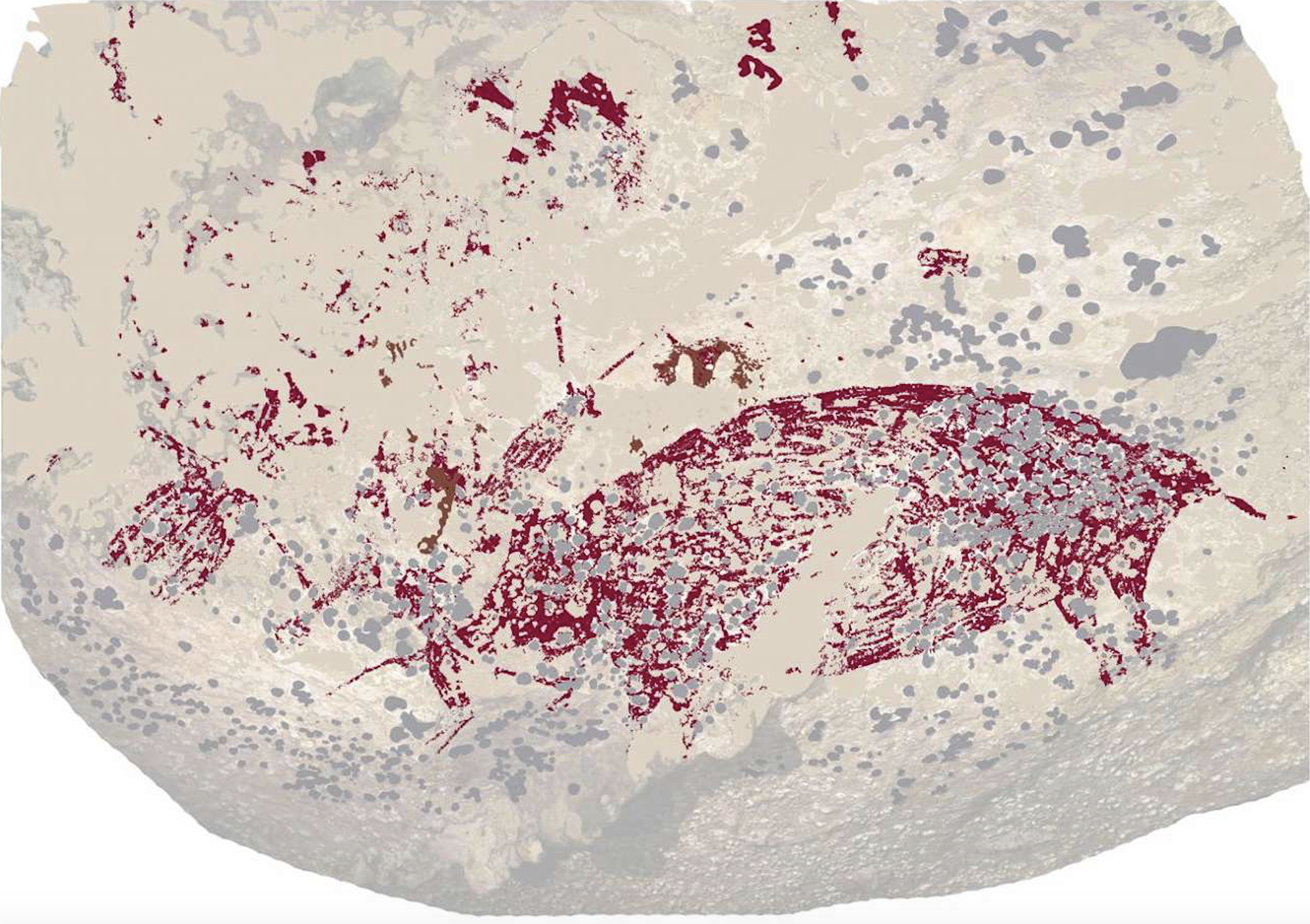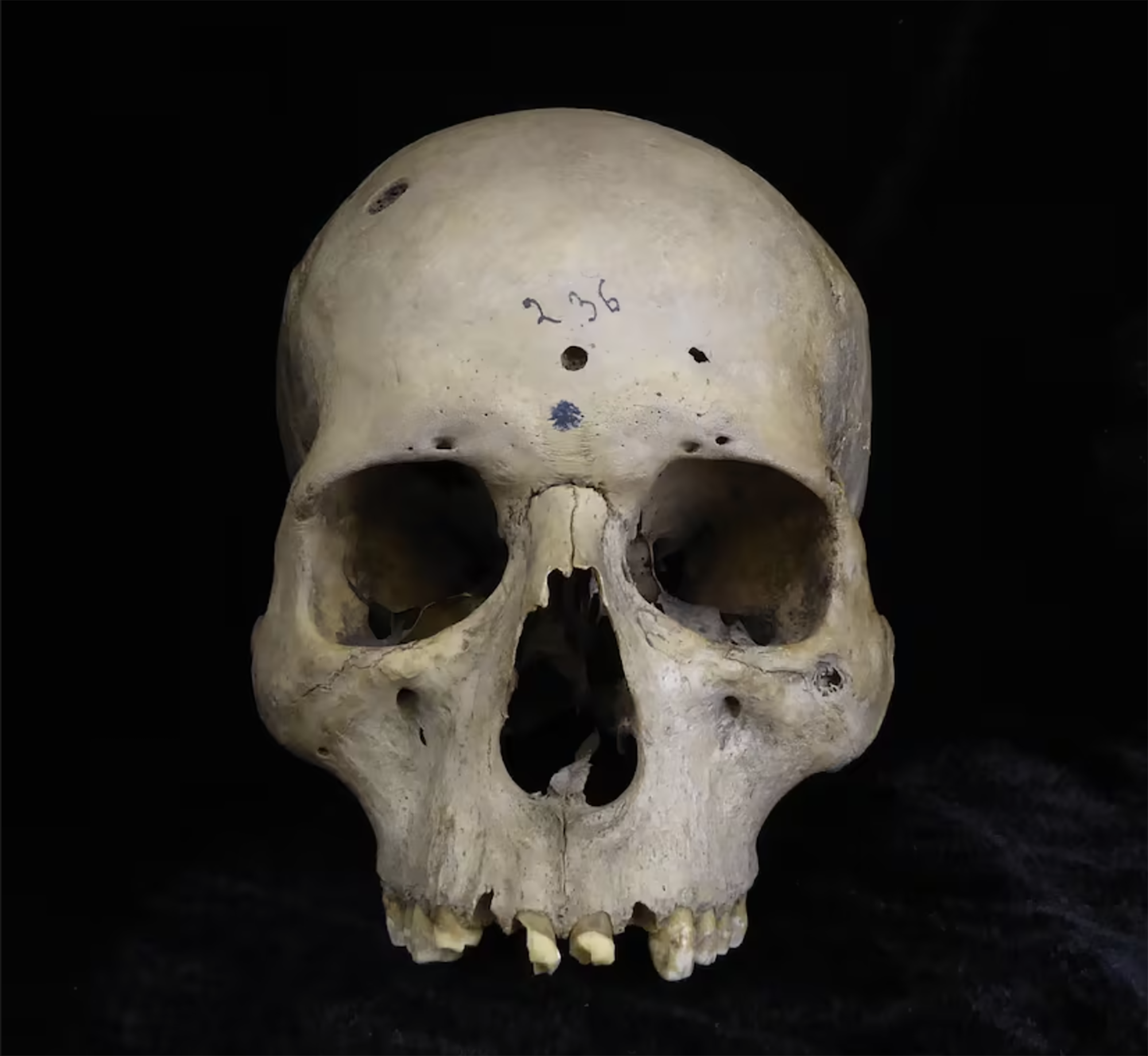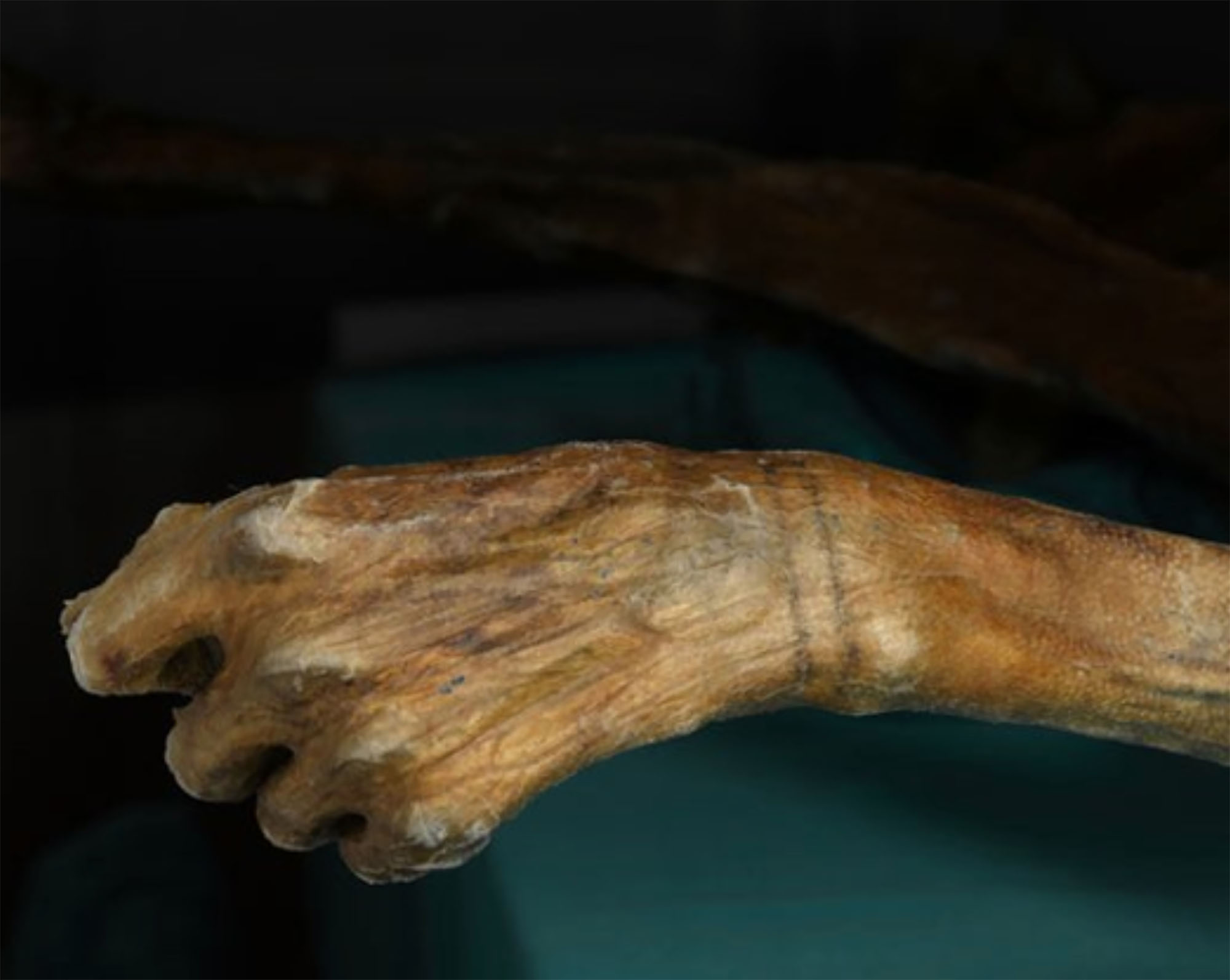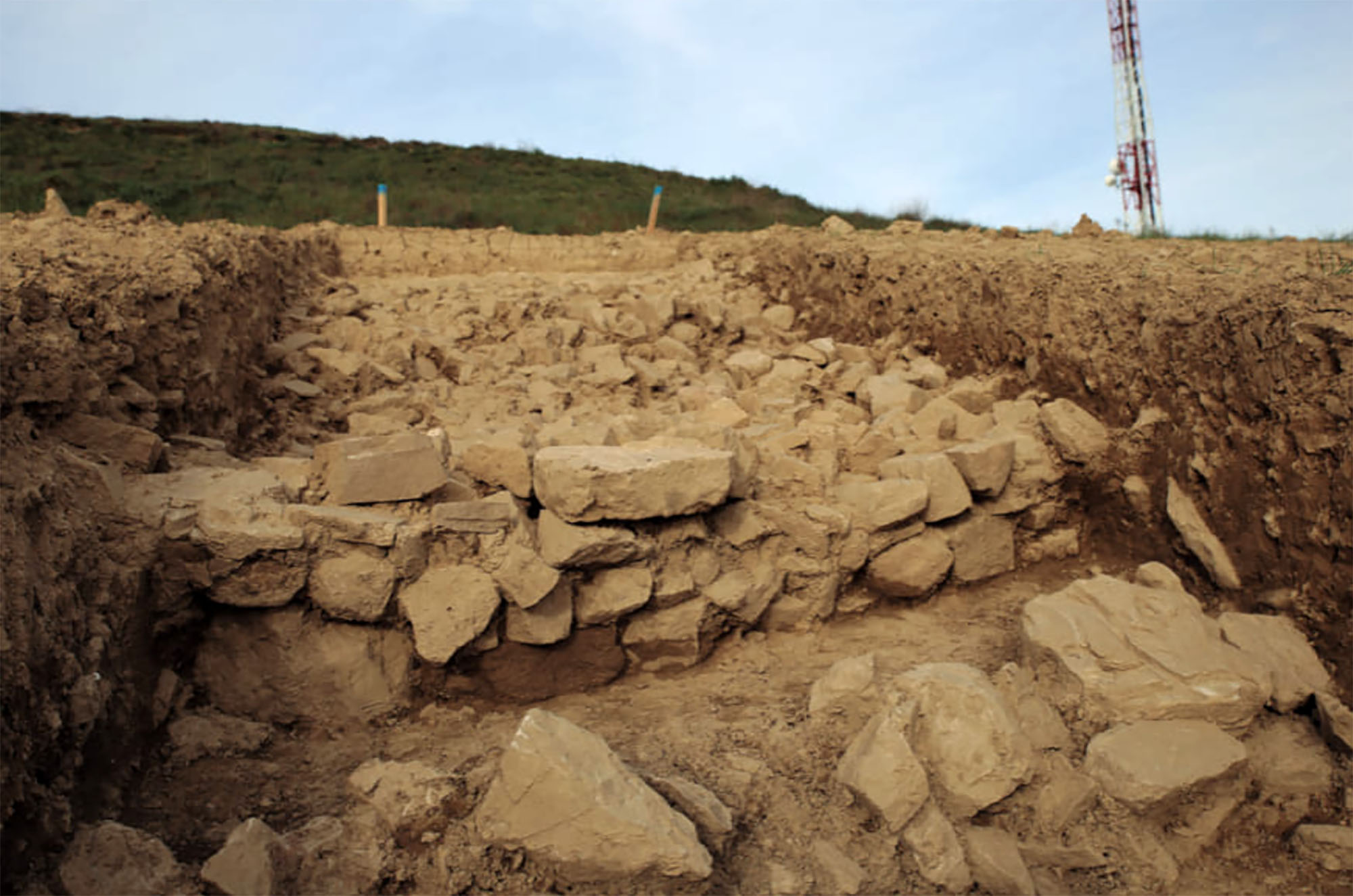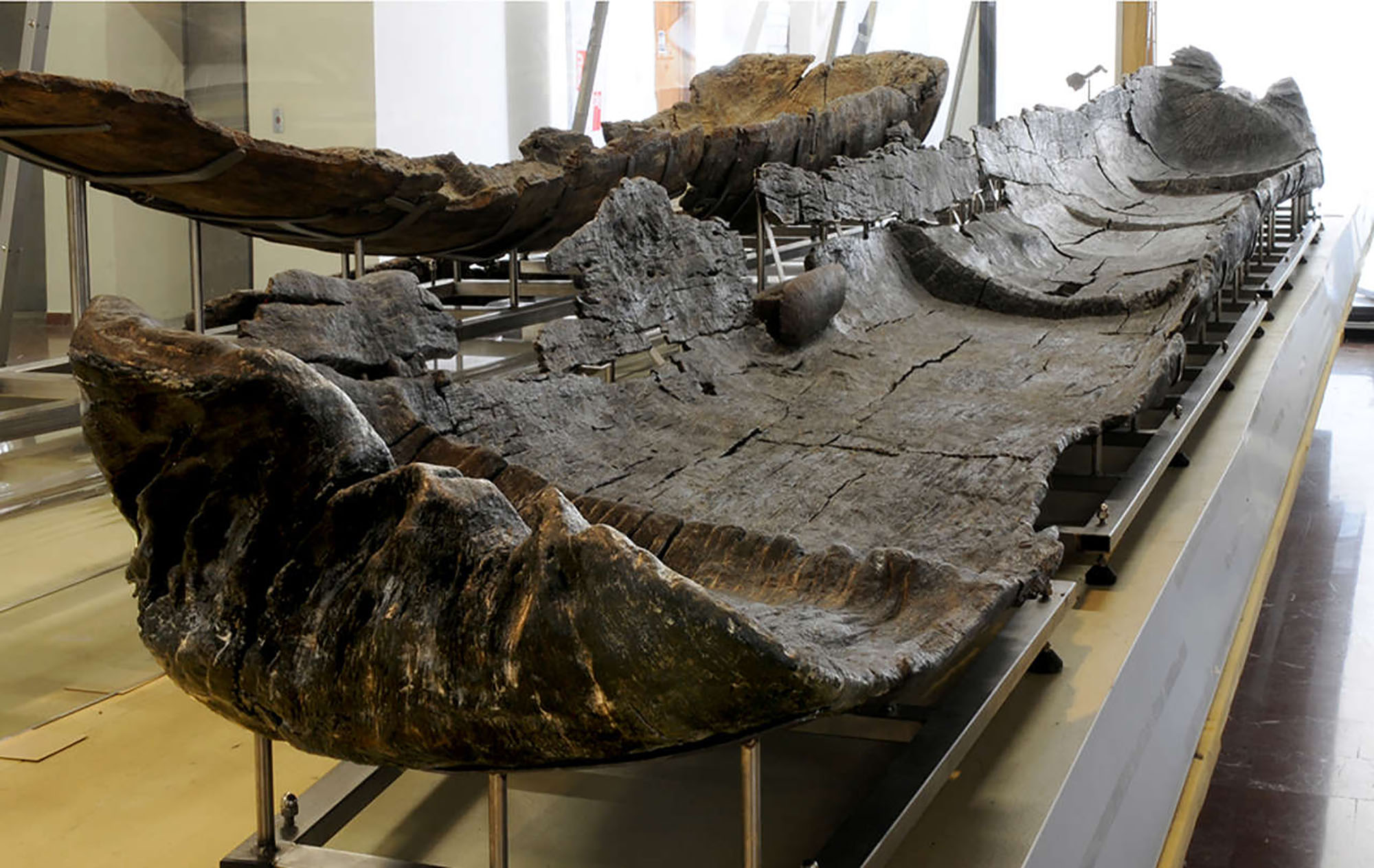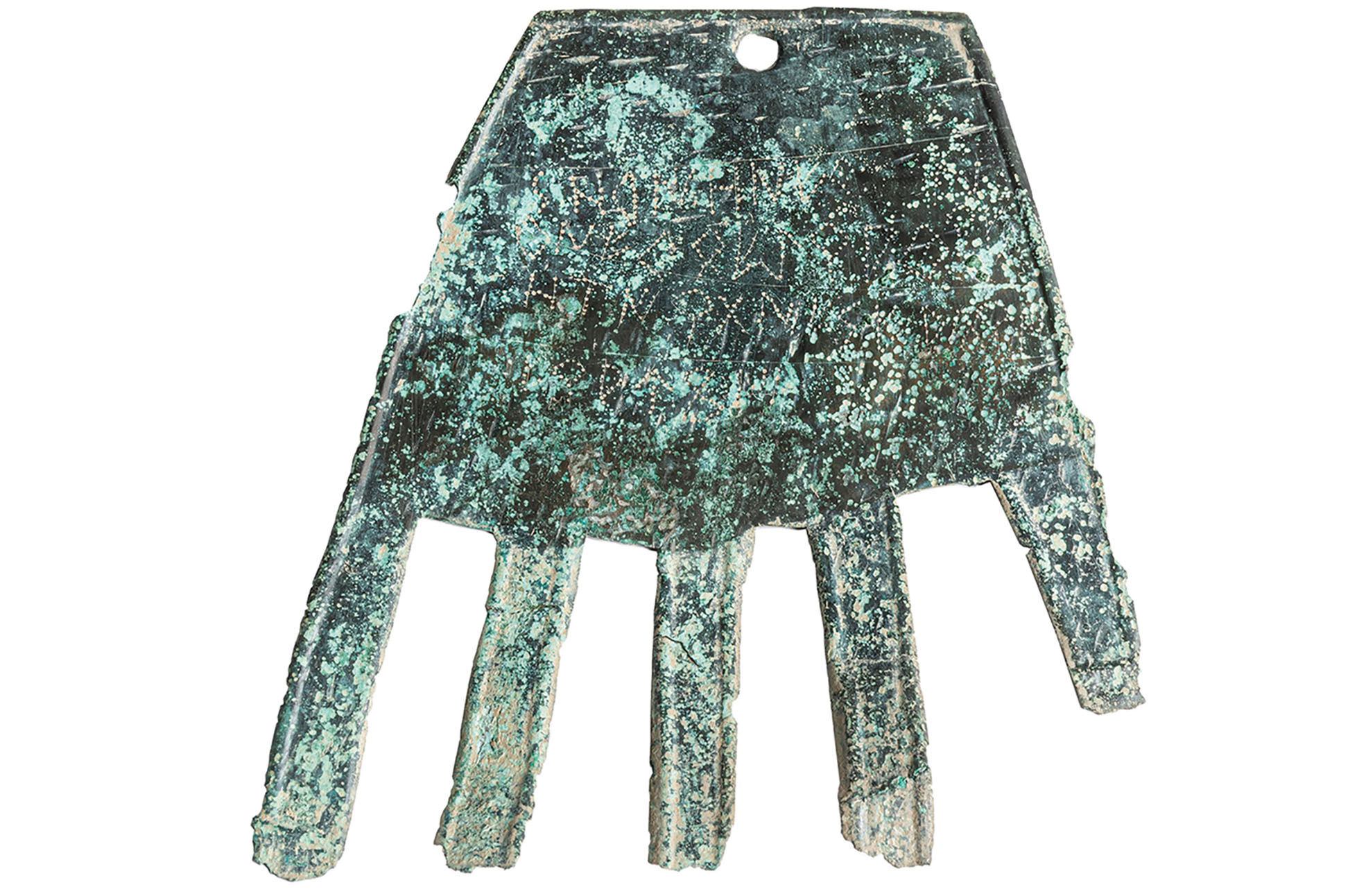The San Telmo Museum hosts the exhibition of the bones of the Kiputz cave, discovered by Munibe
- The team of Aricles Munibe, of Azkoitia, has opened at the San Telmo Museum in Donostia-San Sebastián the exhibition Kiputz Leizea, in Mutriku, with bones that appeared in the excavations carried out in the cave.

The cave of Kiputz was recovered in 2002 by the group of professionals of Azkoitia Munibe. Two years later, in 2004, the excavation was launched under the direction of Pedro Castaños, a member of the Society of Sciences Aranzadi and Xabier Murelaga, a professor at the Paleontology Department of the UPV. The work was carried out in four phases. The work team consisted of Miguel Sasieta, Juan Mari Arruabarrena, Javier Alberdi and Jesús Larrañaga, by Munibe Taldea, with the collaboration of Juan Mari Arrizabalaga, owner of the lands where the cave is located.
The Kiputz Cave was a natural trap for the species of the time. "The cave was almost vertical and when the animals fell in it they had no chance to leave. This avoided the relationship between humans and other animals," explained those responsible for the exposure. "It's a deposit of extraordinary wealth, a circular hole of 2.5 meters in diameter. We've identified 70 percent of the bones and species found," they explained. Now, the San Telmo Museum of Donostia-San Sebastián hosts an exhibition that shows the presence of a bison, a snow deer and a bear skeleton. 'Kiputz. The exhibition, entitled 'The Chasm in Prehistory', can be visited until 9 February 2020.

History of the cave
On the last glacier, 110,000-10-000 years ago, the shore of the Cantabrian coast was the steppe, the animal corral that today are not seen in our mountains: snow deer, hairy rhinocerons, steppe bison or mamuts. Although they lived with humans, these animals disappeared as the climate began to temper. The bones that have been preserved in time have made it clear that they lived on Basque territory, including those found in the cave of Kiputz.
In the cave of Kiputze they met animals that had lived between 18.000-19,000 years ago, including eighteen whole bison. They're the same as bison drawn in various caves, the steppe bison or Bison priscus. Those in charge of the center estimate that it could reach even though it weighed about a thousand kilos. Remains of deer and snow bears were also found.
The bison skeleton located at the exhibition installed at the San Telmo Museum has been remodeled with a reproduction or copy of the skull. This same copy can be found in a display showcase. The exhibition will be open to the public from Tuesday to Sunday, from 10:00 to 20:00 hours. On Tuesdays the entry will be free of charge; otherwise, the price of the entry is EUR 6. The San Telmo Museum of Donostia will host family workshops during this Christmas and on 16 January a guided visit will be made in Euskera, with the experts Pedro Castaños and Xabier Murelaga. In case of booking, the visit will be free of charge.
In the Maszycka cave in Poland, remains of 18,000 years ago were found at the end of the 19th century. But recently, human bones have been studied using new technologies and found clear signs of cannibalism.
This is not the first time that a study has reached this conclusion,... [+]
Archaeologists have discovered more than 600 engraved stones at the Vasagård site in Denmark. According to the results of the data, dating back to 4,900 years ago, it is also known that a violent eruption of a volcano occurred in Alaska at that time. The effects of this... [+]
Ethiopia, 24 November 1974. Lucy's skeleton was found in Hadar, one of the oldest traces of human ancestors. The Australian hominid of Australopithecus afarensis is between 3.2 and 3.5 million years old.
So they considered it the ancestor of species, the mother of all of us. In... [+]
A group of archaeologists from the University of Berkeley, California, USA. That is, men didn't launch the lances to hunt mammoths and other great mammals. That was the most widespread hypothesis so far, the technique we've seen in movies, video games ...
But the study, published... [+]
Geissenkloesterle (Germany), 42,000 years ago. Those living in the cave of the Danube basin made a flute with bird bones and mammoth ivory. At the same time, the inhabitants of the cave of Divje Babe in Slovenia also made a flute with the femur of a bear. These are the oldest... [+]
In the south of the Indonesian island of Sulawesi, in the cave of Leang Karampuang, archaeologists from the Griffith and Southern Cross universities and the Indonesian National Agency have discovered a painting of three anthropomorphic figures and a boar. According to the study... [+]
Two years ago, the Catalan archaeologist Edgard Camarós, two human skulls and Cancer? He found a motif card inside a cardboard box at Cambridge University. Skulls were coming from Giga, from Egypt, and he recently published in the journal Frontiers in Medicine, his team has... [+]
Since they discovered the corpse of Ötzi in the Alps in 1991, the 5,000 years preserved in very good condition have been used for numerous investigations. From the beginning, the 61 tattoos he had on his skin were the ones that cared for him. Experts believed these tattoos were... [+]
Between 1992 and 2006, in the waters of Lake Bracciano of Rome, the site of La Marmotta del Neolitico was excavated early. They recently published in Plos One magazine a study on the five piraguas found there. It is estimated that the boats are between 7,000-7,500 years... [+]
In the Gulf of Mecklenburg, in Baltic waters, archaeologists identified in 2021 a stone structure of almost a kilometre. Now a team of interdisciplinary researchers has published a study on the wall in the journal PNAS.
The structure is about 10,000 years old and has come to... [+]
This weekend I visited a cave with prehistoric paintings. Paints made with iron oxide and manganese about 30,000 years ago. These visits seem interesting to me to relocate our place as human beings in the world, they are an opportunity to rethink the “development” of recent... [+]










